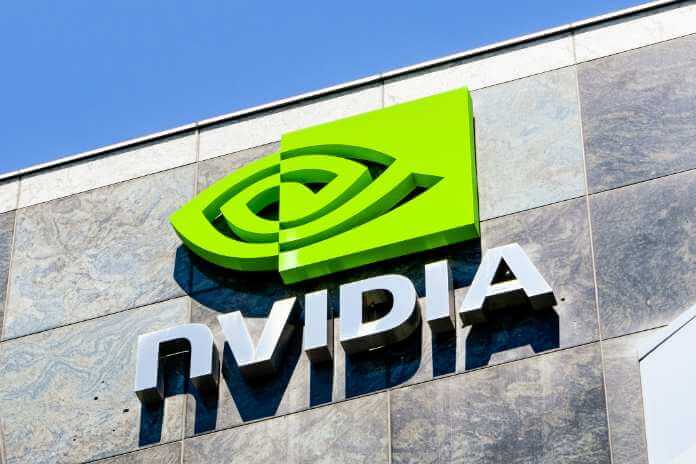Selloff Amid AI Spending Surge
Nvidia Corp. (NASDAQ:NVDA) has seen a dramatic $900 billion decrease in its market value since its peak in June. This decline might suggest a cooling in the AI spending boom that initially drove its stock to record highs. However, a closer look reveals a more complex situation.
Major tech companies like Microsoft Corp. (NASDAQ:MSFT), Amazon.com Inc. (NASDAQ:AMZN), Alphabet Inc. (NASDAQ:GOOG), and Meta Platforms Inc. (NASDAQ:META), which together contribute over 40% of Nvidia’s revenue, have all committed to continuing their multi-billion-dollar investments in AI infrastructure. In addition, Super Micro Computer Inc., a key player in AI data center servers, has projected up to $30 billion in sales for the coming year, surpassing analyst expectations. Despite this, Nvidia— the primary beneficiary of the AI spending surge—has experienced a 25% drop in its share price in less than two months.
Economic Uncertainty and Market Trends
Investors have been shifting away from high-priced technology stocks, favoring smaller-cap stocks, value plays, utilities, and real estate sectors. Recent economic reports, including a weaker-than-expected jobs report, have heightened concerns about a potential economic slowdown. Although a decrease in jobless claims offered some relief, overall investor sentiment remains cautious.
The macroeconomic uncertainty, combined with the unwinding of global carry trades, has contributed to increased market volatility and a negative impact on Nvidia and similar companies. Big Tech companies have struggled to demonstrate that their AI investments are translating into increased sales and profits. Analysts like Srini Pajjuri from Raymond James have expressed concerns about the unclear return on AI investments and the sustainability of current spending levels.
Nvidia is also contending with engineering challenges and potential competition from clients like Alphabet and Microsoft, which are developing their own AI chips. While it may take years for these new products to impact the AI spending market, they could eventually capture significant market share from Nvidia.
AI Sector Performance and Future Outlook
The broader semiconductor sector has also suffered, with the Philadelphia Semiconductor Index falling over 20% since its peak in July. Despite a robust outlook from Super Micro Computer, its stock dropped 20% due to disappointing gross margin figures. Nevertheless, Nvidia’s shares have still doubled in value this year, even with the recent downturn. The demand for AI chips remains strong, and Wall Street continues to support the technology sector. Advanced Micro Devices Inc. (NASDAQ:AMD) saw its stock rise following an optimistic earnings report, highlighting increased demand for AI accelerators.
Nvidia’s stock, which traded at a high premium in mid-June, now appears more attractive to long-term investors following its recent decline. Ken Mahoney of Mahoney Asset Management notes that the fundamental aspects of these companies have not changed significantly, suggesting that the recent selloff may have been an overreaction.
Featured Image: Megapixl















